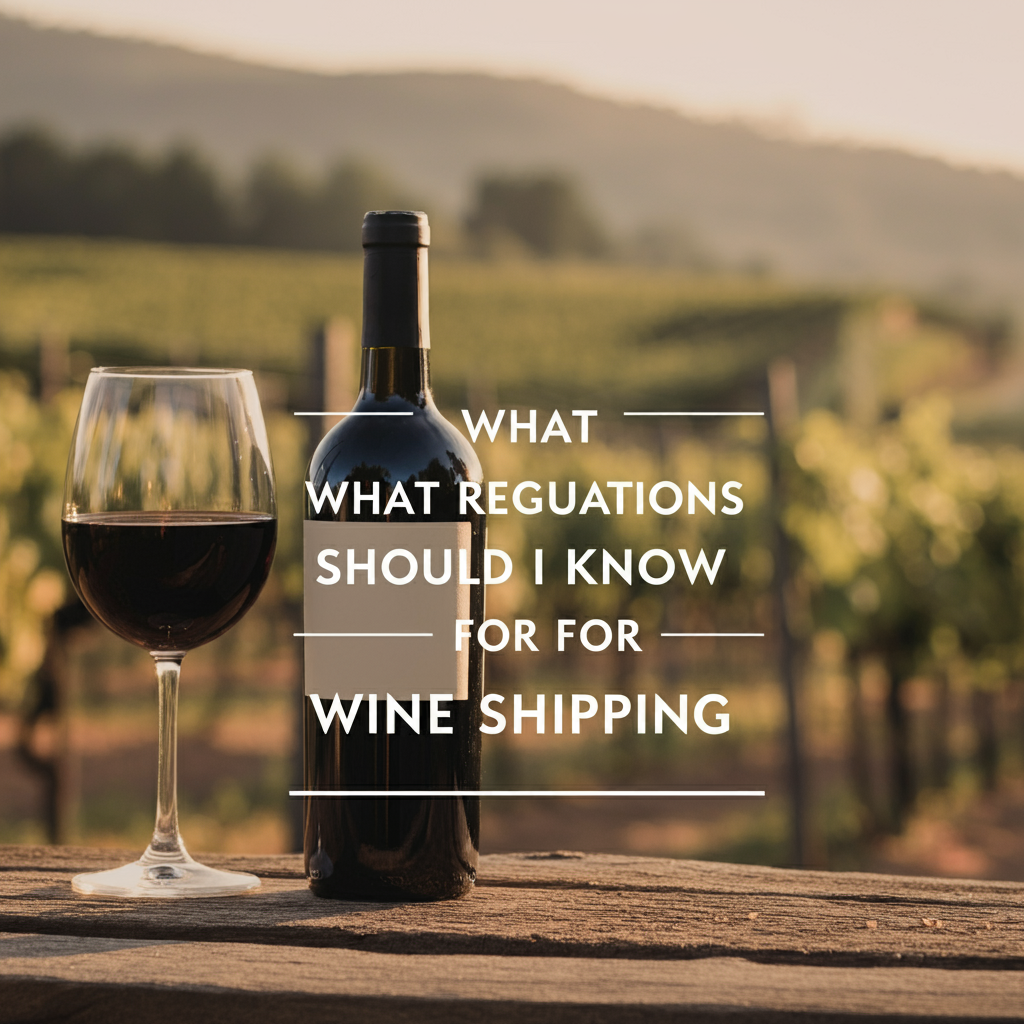
What Regulations Should I Know for Wine Shipping?

1. Know Your State Laws
First things first, wine shipping laws vary from state to state. Some states are as welcoming as a cozy wine bar, while others are more like a strict sommelier, keeping a close eye on what comes in and out. Here’s a quick rundown:
- Permitted States: Many states allow direct-to-consumer shipping. States like California, New York, and Texas are generally friendly to wine shipments.
- Restricted States: Some states have restrictions or require special permits. For example, Utah and Mississippi have strict laws that can make shipping a challenge.
- Prohibited States: A few states don’t allow any wine shipments at all. If you’re shipping to these states, it’s best to reconsider!
2. Age Verification is Key
When shipping wine, you must ensure that the recipient is of legal drinking age. Most states require that the person receiving the wine be at least 21 years old. This means you’ll need to include a signature requirement upon delivery.
3. Shipping Carrier Regulations
Not all shipping carriers are created equal when it comes to wine. Some are more accommodating than others. Here’s what to keep in mind:
- Carrier Policies: Check the policies of carriers like UPS and FedEx. They have specific guidelines for shipping alcohol, including labeling requirements and packaging standards.
- Shipping Fees: Be prepared for potential higher shipping fees. Wine is heavier than your average package, and carriers know it!
4. Packaging Matters
When it comes to shipping wine, packaging is everything. You want to ensure that your precious cargo arrives in one piece. Here are some tips:
- Use Wine Shipping Boxes: These specially designed boxes provide the protection your bottles need during transit. They’re sturdy and often come with dividers to keep bottles from clinking together.
- Temperature Control: If you’re shipping during extreme weather, consider temperature-controlled shipping options to protect your wine from heat or cold damage.
5. Labeling Requirements
Proper labeling is essential for compliance. Make sure to include:
- Alcohol Content: Clearly state the alcohol content on the label.
- Destination State Regulations: Some states require specific information on the label, so do your homework!
6. Consult Local Regulations
Before you hit that “send” button, it’s wise to consult local regulations or even a legal expert. They can provide insights specific to your situation and help you avoid any potential hiccups.
Ready to Ship?
Now that you’re armed with the essential regulations for wine shipping, you’re ready to send some joy to your friends or customers! Just remember, using the right packaging is crucial. Don’t forget to check out our collection of wine shipping boxes to ensure your bottles arrive safely and stylishly.
Cheers to smooth wine shipping adventures! 🍷

